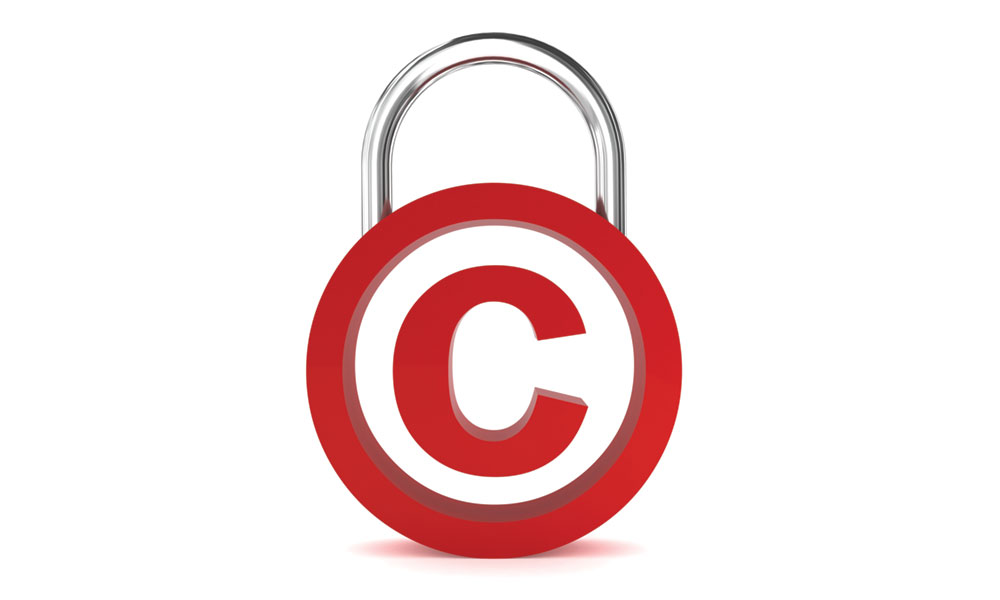
Good Counsel: Protect Your Content
Fending off content infringement in the internet age.
In this age of instant information, available at the click of a mouse or a tap on your phone, how do you maintain the value of your association’s content? You should know the rules regarding content ownership and use and have a strategy for protecting it from infringement.
First, Know the Rules
Ownership. Absent another agreement or an employment relationship, the original creator of a work—be it a book, article, video, website blurb, or other format—is the owner of that work and has the exclusive right to publish, reproduce, license, or otherwise determine how it is used. If you have the appropriate policies and contracts in place, your association can own all works (including website content) created by your employees, agents, or others whom you’ve hired to create them. To ensure ownership and preclude misunderstandings, make sure your organization’s contracts and employment policies are in order.
Fair use. In certain circumstances, a third party may be allowed to use your association’s content without obtaining permission. Fair-use rights under copyright law are complex, subjective, and difficult to predict, but excerpting a small portion of a work for purposes such as criticism, comment, news reporting, teaching, scholarship, or research is traditionally considered fair use and may be done without the owner’s authorization.
Next, Protect Your Rights
Copyright registration. Registering your copyright with the U.S. Copyright Office of the Library of Congress provides significant advantages in fighting infringers. Consider registration particularly for books, articles, studies, exams, standards, and substantial audio or video recordings.
Copyright notice. Include a proper copyright notice on print publications, as well as on specific works that may be downloaded or otherwise accessed, and on your website as a whole.
Terms of use. Take special measures to protect your online content. Your website should have a conspicuously posted terms-of-use agreement that specifies your organization’s ownership and rights and details the terms under which users may access website content. Consider including specific guidelines for use or examples of what is or is not allowed, as well as licensing forms and instructions for obtaining permission.
Making the rules clear for users can go a long way toward preventing infringement and protecting the value of your organization’s content.
(Getty RF)





Comments